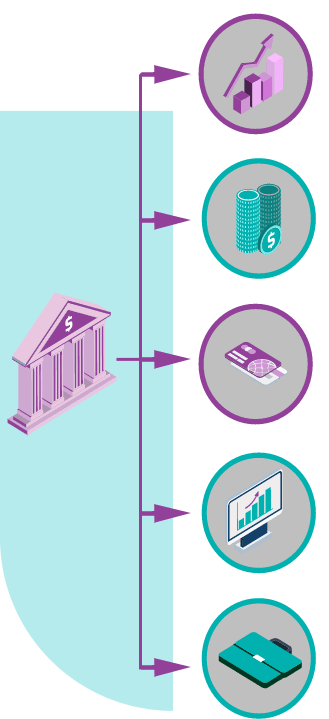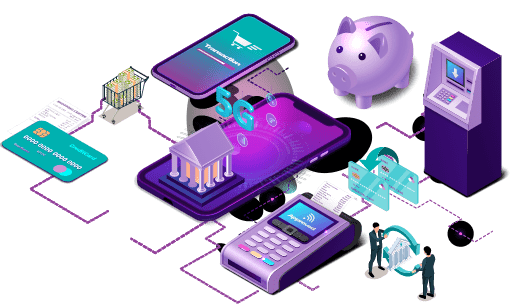



As more banks get into the BaaS space, it is worth considering the kind of ecosystem partnerships they want to get into. Market share, Return on Equity, customer engagement, margins, and volumes are some of the factors they must consider. For example, Deutsche Bank recently partnered with WeChat to provide banking services to WeChat’s customers. This gives Deutsche Bank access to over a billion customers in China, but at low margins. Such an arrangement may not be a good idea for other banks. When getting into a BaaS partnership, banks must remember that ROE on the back and mid-office functions is only five percent while that on the front office is 20 percent. A bank that remains in the background handling mid and back-office functions may initially gain access to a large volume of transactions and a wider customer base but will not be assured of long-term business growth and ROE.
Also, banks must not underestimate the assets they already have as they navigate the BaaS world. Larger banks especially enjoy a large customer base and despite the competition from fintechs, they also enjoy significant customer trust that they can leverage to own and orchestrate comprehensive ecosystems. SBI Yono is an example of an ecosystem orchestrated by the State Bank of India that capitalized on its wide reach and large clientele. It brought the right partners to the platform as they wanted access to the bank’s 300 million customers.
Ecosystem-based strategies for banks need careful consideration. Are they driving the ecosystem or are they participating in one where a non-banking player is running the ecosystem? Some banks may choose to focus on segments with a large market share and work with the leading solution provider for that segment. For example, a bank may consider the agriculture sector and partner with John Deere to connect with a large cross-section of customers within that segment. There may also be specialist BaaS providers like Solaris in Germany or Starling in the UK that are cloud-native entities with the capability of offering the right solutions at the right time at low costs.
